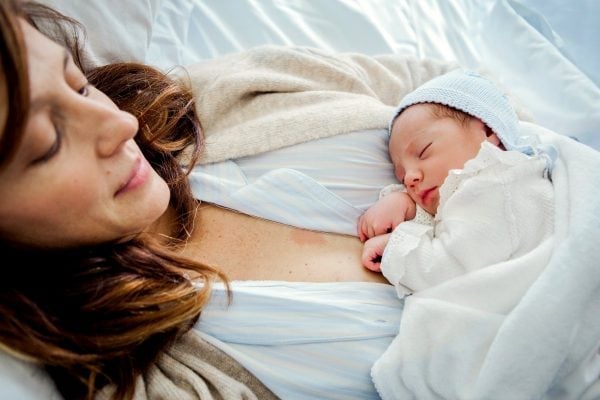
For a lot of Australians, when we hear the term “home birth”, we think of hippie types insisting on no medical intervention.
“The first question is, ‘Is that safe?’” says Hilary Rorison from the Australian College of Midwives. “The second question is, ‘Oh, can you do that?’”
Rorison says in some other countries, like the UK, home birth is “not such a big deal”.
“Home birth is part of their system. It’s more normalised.”
Mums and non-mums answer questions about childbirth with very telling results.
In Australia, only 0.3 per cent of women have a planned home birth. That’s around a tenth of the number that give birth at home in the UK.
There are a small number of publicly funded home birth programs operating from Australian hospitals, and women can also choose to give birth at home with private midwives.
So what’s like to have a midwife-led home birth in Australia?
Rorison, who is based in Adelaide, has spent four years as a home birth midwife.
“There’s something really special about women labouring at home that is quite difficult to bring into a hospital environment,” she tells Mamamia.





























































































